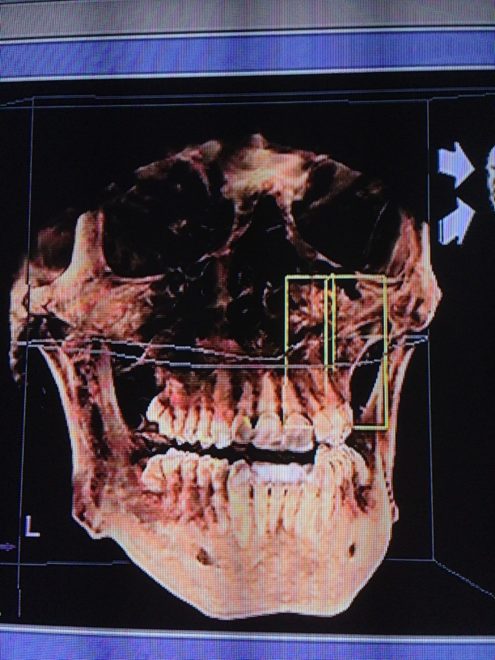This spans an entire treatment over a year’s time. Here’s part 1 Part 2 Part 3 The Saga Continues I’ve been through vision, I’ve had dental integration, I’ve put in the PRI activity homework, maximized my PRI testing, and feel a new man. Yet neutrality eludes me. It is a state of mind I could once feel by the power of glasses and splints, but the nervous system learns and accommodates. I topped out. But of course, I knew that would be the case from my very first session with Ron. “You gotta get those wisdom teeth pulled.” ~Ron Hruska By virtue of the dentist I integrate with, the time came. And here are the results. Zac B.E. (Before Extraction) So at this point in my life the large HRV gains I initially had were dropping and I was still having some neck tension. Training was feeling so-so. Test-wise, the videos below show what I look like. Here’s my squat And my toe touch. Upper quadrant tests And lower quadrant tests Mandibular movements And some cervical movements My pelvis is consistently neutral and I can shift and squat with the best of ‘em. But I still present with restrictions in my thorax, neck, and mandible (BBC/RTMCC). These limitations are likely present because of a bony block called wisdom teeth. As you can see, the maxillary (top side) wisdom teeth limit the excurision of my lateral pterygoids for lateral trusive movements. My hope is by removing these guys I will get
Read More